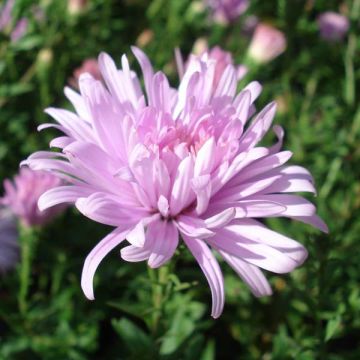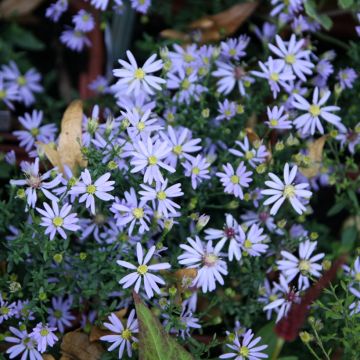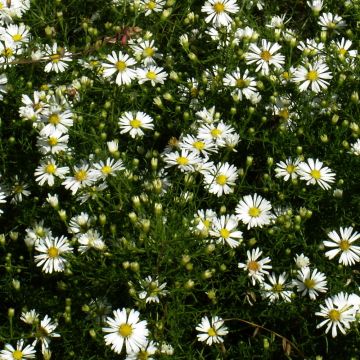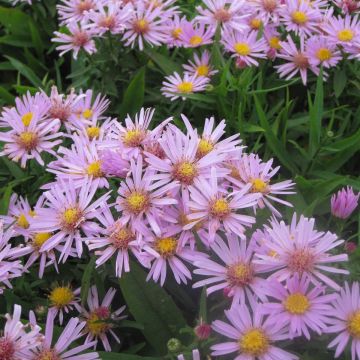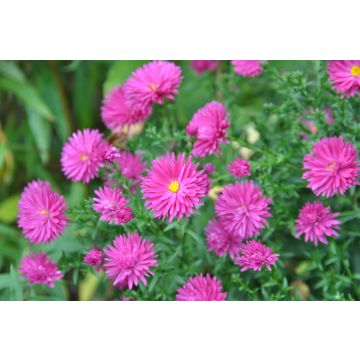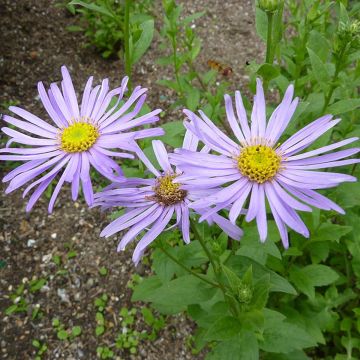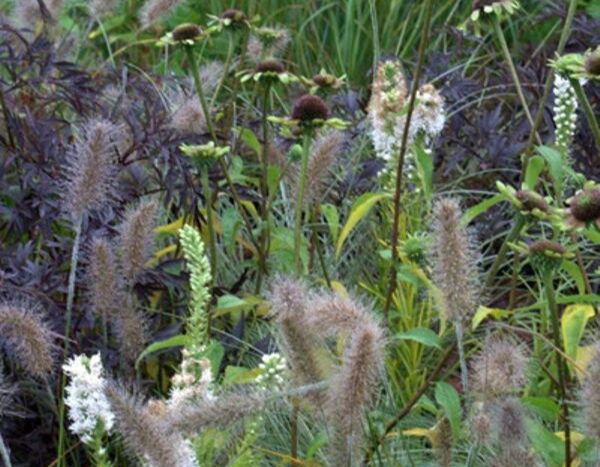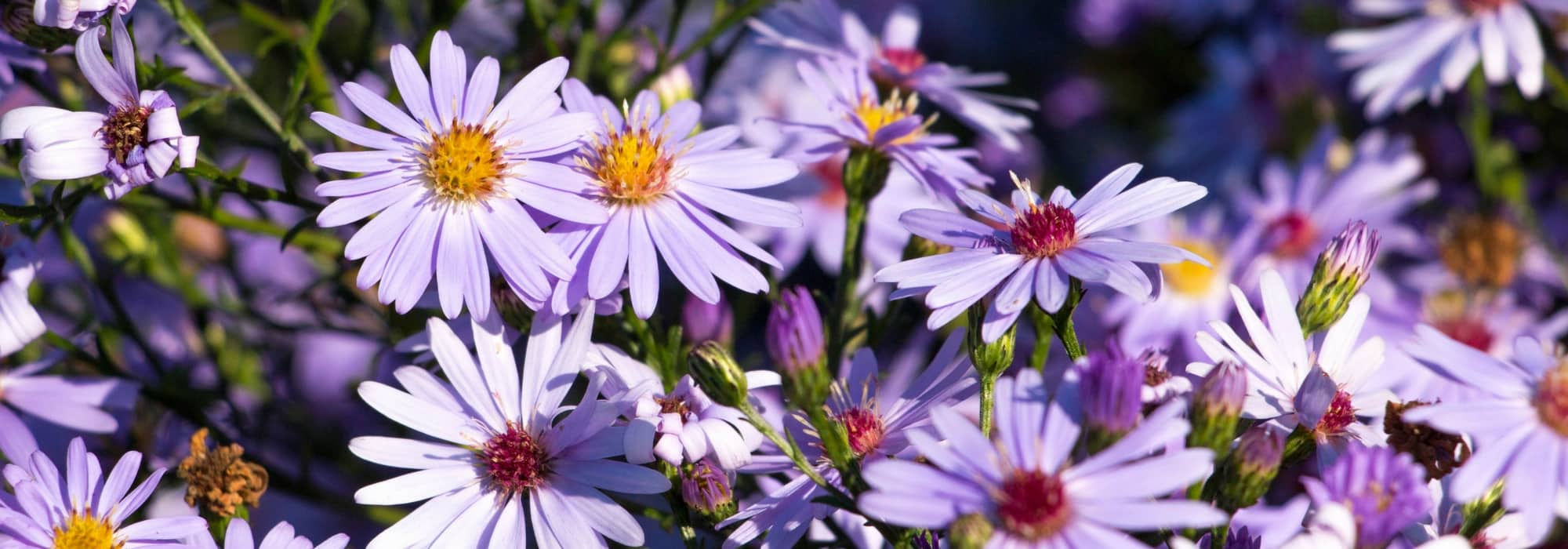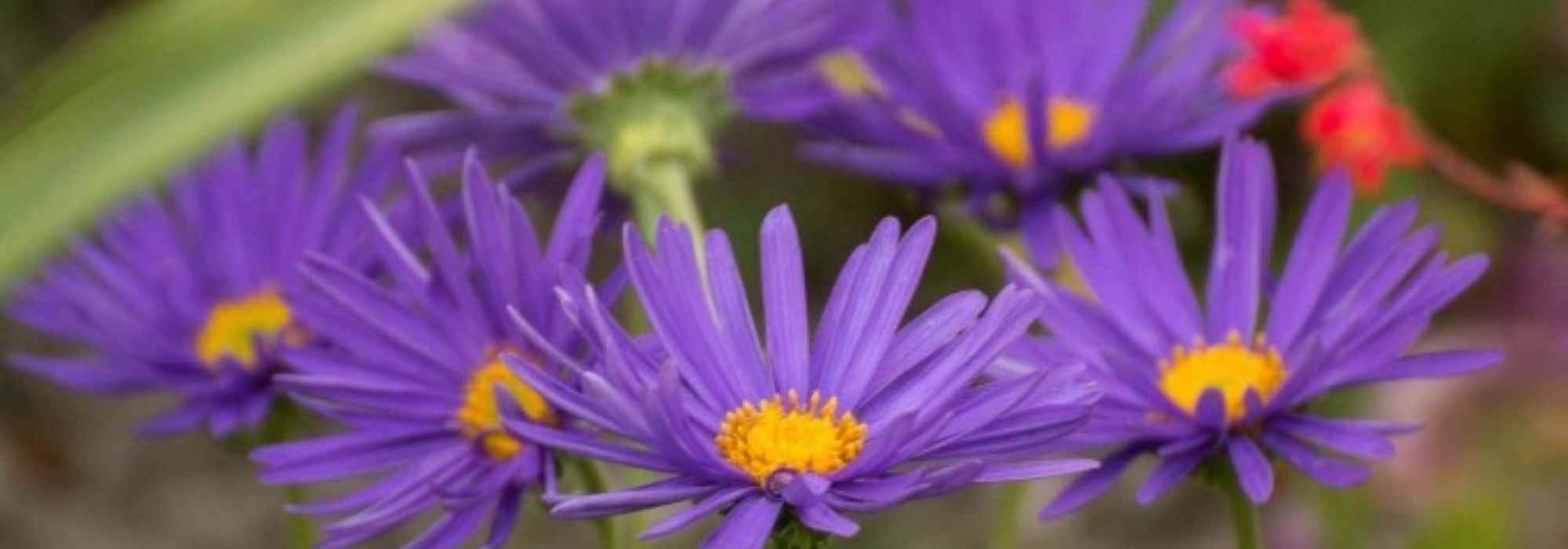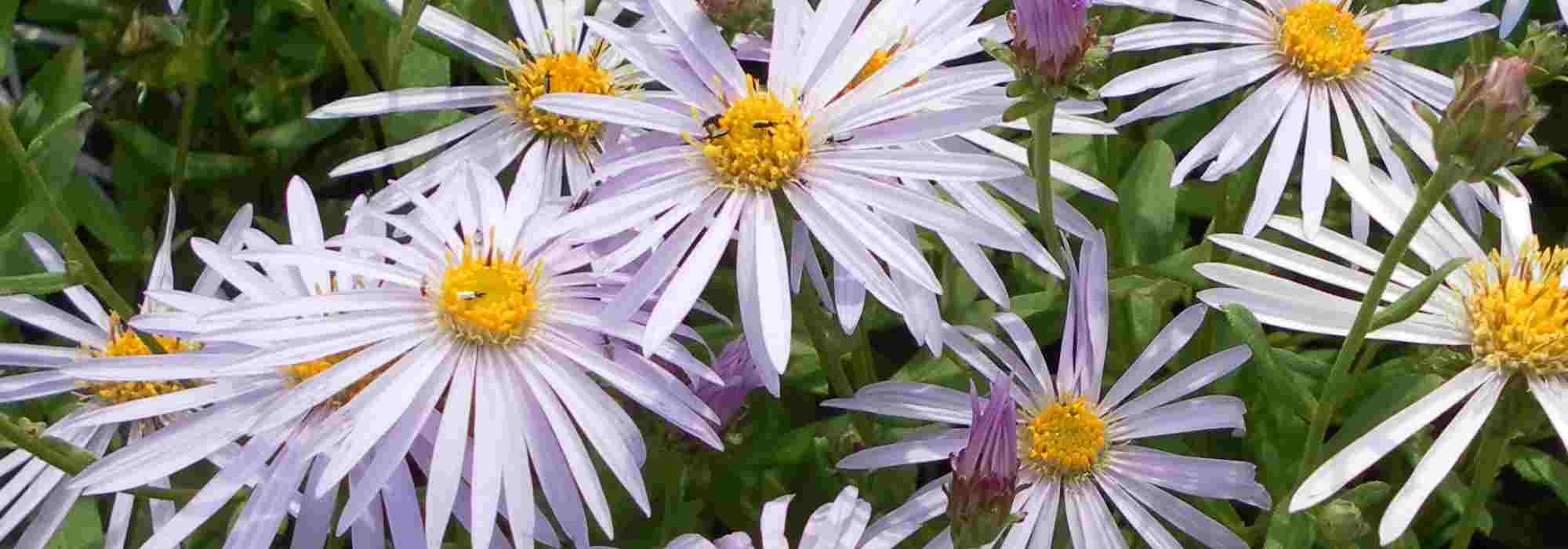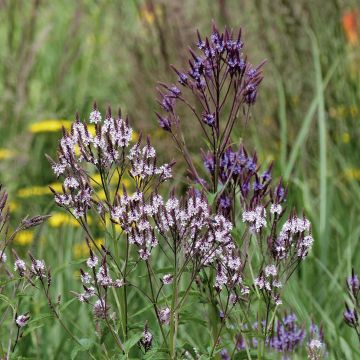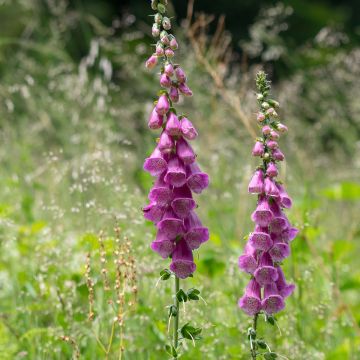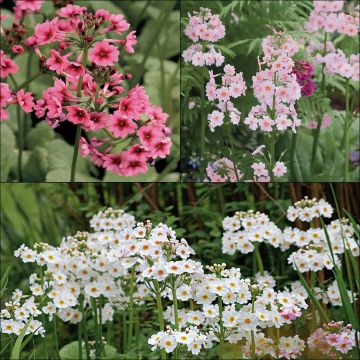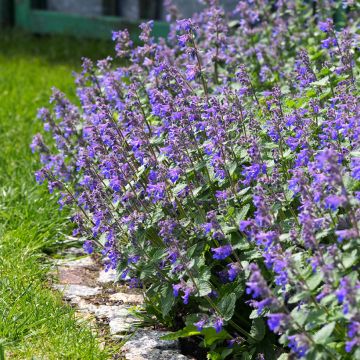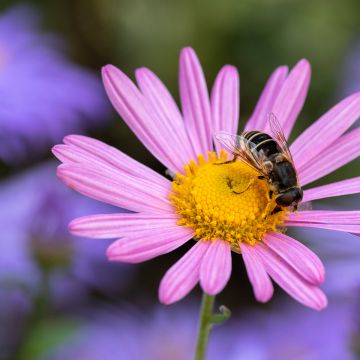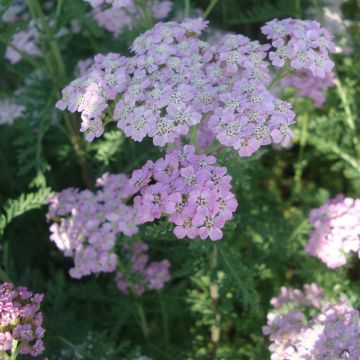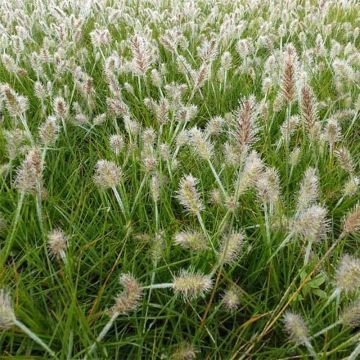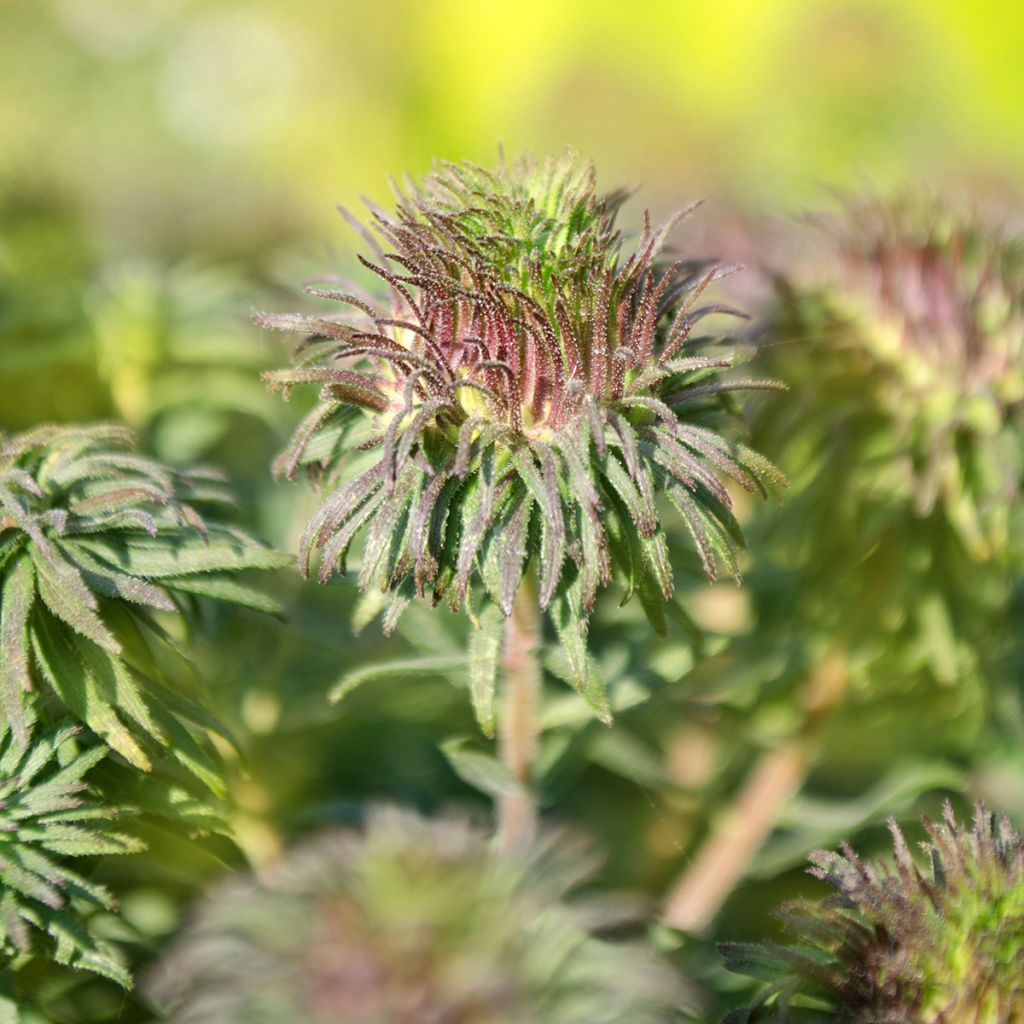

Aster novae-angliae Ann Leys
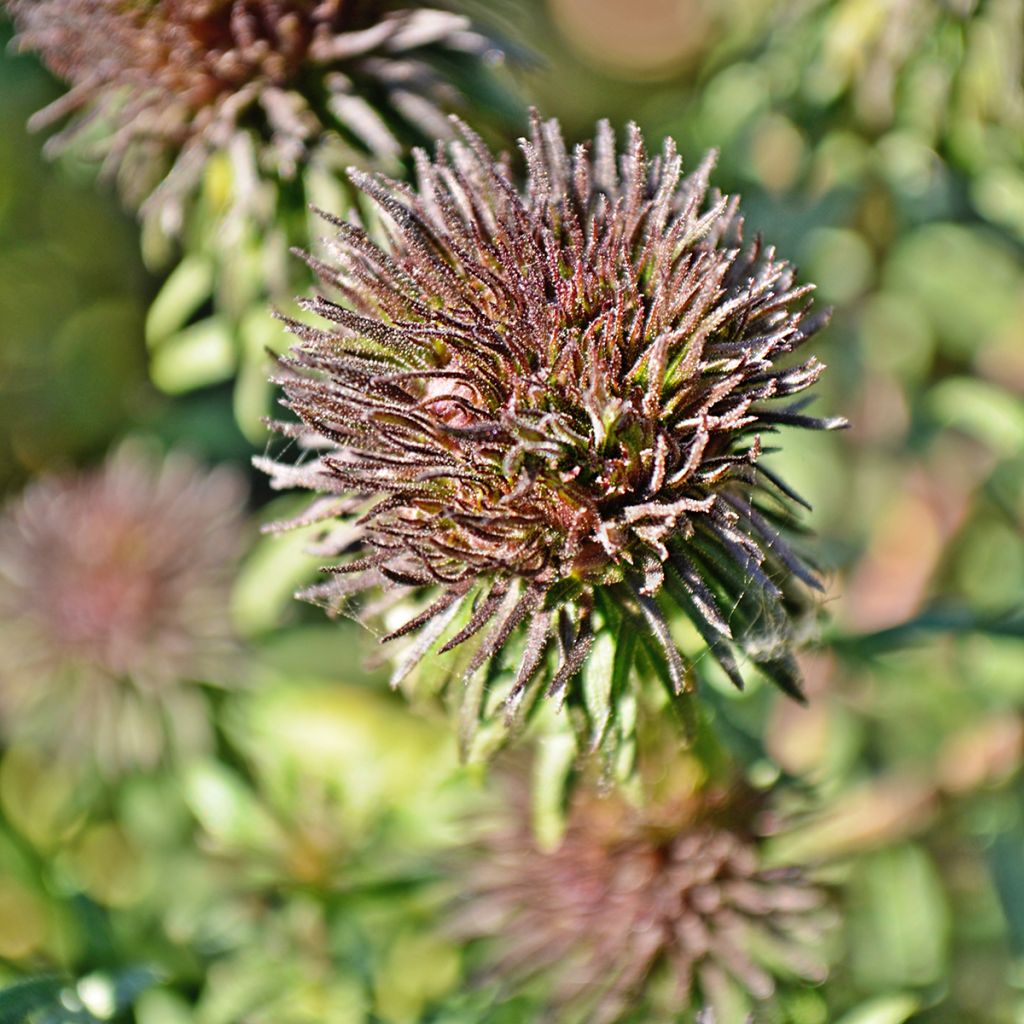

Aster novae-angliae Ann Leys
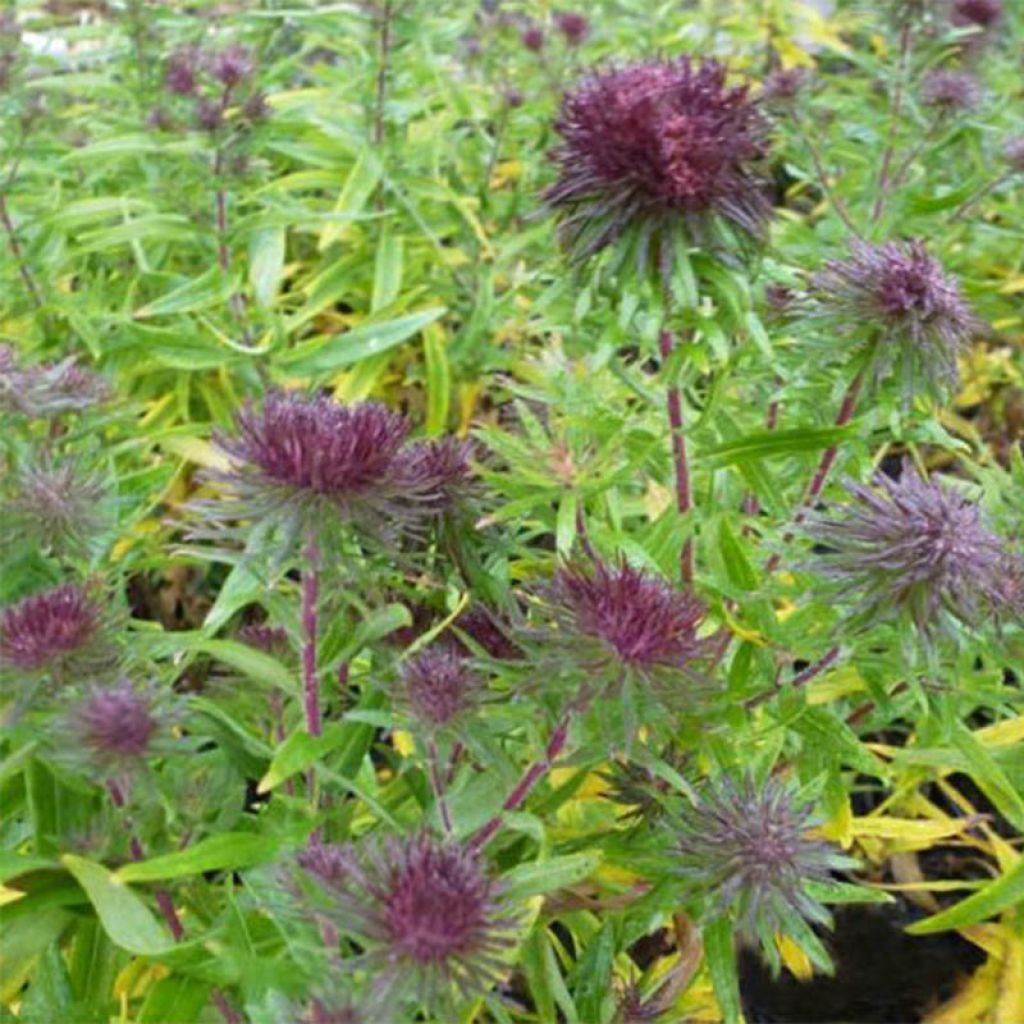

Aster novae-angliae Ann Leys
Aster novae-angliae Ann Leys
Aster x novae-angliae Ann Leys
New England Aster, Michaelmas Daisy
Plant still alive after the scorching summer, but if they were really flowers, they looked like wilted flowers... To be continued, but disappointed for now.
Md, 30/12/2022
Special offer!
Receive a €20 voucher for any order over €90 (excluding delivery costs, credit notes, and plastic-free options)!
1- Add your favorite plants to your cart.
2- Once you have reached €90, confirm your order (you can even choose the delivery date!).
3- As soon as your order is shipped, you will receive an email containing your voucher code, valid for 3 months (90 days).
Your voucher is unique and can only be used once, for any order with a minimum value of €20, excluding delivery costs.
Can be combined with other current offers, non-divisible and non-refundable.
Home or relay delivery (depending on size and destination)
Schedule delivery date,
and select date in basket
This plant carries a 12 months recovery warranty
More information
We guarantee the quality of our plants for a full growing cycle, and will replace at our expense any plant that fails to recover under normal climatic and planting conditions.
Would this plant suit my garden?
Set up your Plantfit profile →
Description
The Aster hybrid 'Ann Leys' is a fascinating and strange new variety: its very double flowers have a collar of green bracts surrounding a prominent centre, resembling a pompom or a mini wine coloured palm tree. The entire flower is animated with metallic, silver, copper, or gold reflections depending on the lighting and age of the flower. Robust and very upright, its sturdy stems make this astonishing aster an excellent cut flower, very long-lasting in a vase. This autumn perennial is easy to grow in any well-drained soil.
Aster 'Ann Leys' belongs to the Asteraceae family. It is a somewhat eccentric descendant of New England Asters, from which it inherited its robustness. This perennial displays a compact and branching growth habit from spring onwards. It will reach a height of 70 cm (28in) when in flower, 50 cm (20in) for the foliage, and will spread over 40 cm (16in), with fairly rapid growth. The very generous flowering takes place in September-October. The inflorescence is a flower head (capitule) which does not open out. It is surrounded by a collar of numerous peripheral bracts that are thin and turned outward, coloured green. The central head is very double, and composed of wine-coloured florets, neatly turned outward. The 'flowers', which last more than 7 days in a vase, measure approximately 5 cm (2in) in diameter and have silver, copper, or golden reflections when mature. This aster is a deciduous perennial with thin and sturdy stems. The leaves are entire, small (5 cm (2in)), oblong, lanceolate, medium green, and disease-resistant. This plant spreads through underground woody rhizomes but does not become invasive.
The 'Ann Leys' Aster is highly sought after in floristry because its uniquely charming flowers are particularly long-lasting in bouquets, and bloom towards the end of the season. It will bring a very original touch to flowerbeds, combined with the delicate flowering of Aster ericoides, Aster laevis, and Japanese anemones. It is impossible to imagine our gardens without asters in the borders. Undemanding, they blend very well with all other plants in the flowerbeds, such as Salvia microphylla and Croscomia 'Meteore'. Both cheerful and melancholic, these perennials accompany the return and splendour of autumn foliage. Create a rustic ambience by planting tall perennials and small bushes around your asters, plus some evergreen foliage for greenery that will keep the asters company until the end of their flowering period.
Aster novae-angliae Ann Leys in pictures




Flowering
Foliage
Plant habit
Botanical data
Aster
x novae-angliae
Ann Leys
Asteraceae
New England Aster, Michaelmas Daisy
Cultivar or hybrid
Other Asters
View all →Planting and care
Plant Aster novae-angliae 'Ann Leys' in autumn or spring in an ordinary, rich and well-worked soil. It can withstand temperatures as low as -25°C (1°F). It prefers a sunny site but can tolerate partial shade, where it will have a slightly looser habit. Strong winds should be avoided as they could flatten the clumps. Unlike older varieties, 'Ann Leys' does not require staking. Avoid moving it once established as it does not like change. In borders, leave at least 50 cm (20in) spacing around the plant; this aster does not tolerate competition from other roots. Mulch the soil from June onwards and water in case of heatwaves. New England Asters are not susceptible to powdery mildew. Divide the clumps every three years to ensure abundant flowering. Do not replant the divisions in the same spot, and provide them with a rich soil.
Planting period
Intended location
Care
Planting & care advice
-
, onOrder confirmed
Reply from on Promesse de fleurs
Similar products
Haven't found what you were looking for?
Hardiness is the lowest winter temperature a plant can endure without suffering serious damage or even dying. However, hardiness is affected by location (a sheltered area, such as a patio), protection (winter cover) and soil type (hardiness is improved by well-drained soil).

Photo Sharing Terms & Conditions
In order to encourage gardeners to interact and share their experiences, Promesse de fleurs offers various media enabling content to be uploaded onto its Site - in particular via the ‘Photo sharing’ module.
The User agrees to refrain from:
- Posting any content that is illegal, prejudicial, insulting, racist, inciteful to hatred, revisionist, contrary to public decency, that infringes on privacy or on the privacy rights of third parties, in particular the publicity rights of persons and goods, intellectual property rights, or the right to privacy.
- Submitting content on behalf of a third party;
- Impersonate the identity of a third party and/or publish any personal information about a third party;
In general, the User undertakes to refrain from any unethical behaviour.
All Content (in particular text, comments, files, images, photos, videos, creative works, etc.), which may be subject to property or intellectual property rights, image or other private rights, shall remain the property of the User, subject to the limited rights granted by the terms of the licence granted by Promesse de fleurs as stated below. Users are at liberty to publish or not to publish such Content on the Site, notably via the ‘Photo Sharing’ facility, and accept that this Content shall be made public and freely accessible, notably on the Internet.
Users further acknowledge, undertake to have ,and guarantee that they hold all necessary rights and permissions to publish such material on the Site, in particular with regard to the legislation in force pertaining to any privacy, property, intellectual property, image, or contractual rights, or rights of any other nature. By publishing such Content on the Site, Users acknowledge accepting full liability as publishers of the Content within the meaning of the law, and grant Promesse de fleurs, free of charge, an inclusive, worldwide licence for the said Content for the entire duration of its publication, including all reproduction, representation, up/downloading, displaying, performing, transmission, and storage rights.
Users also grant permission for their name to be linked to the Content and accept that this link may not always be made available.
By engaging in posting material, Users consent to their Content becoming automatically accessible on the Internet, in particular on other sites and/or blogs and/or web pages of the Promesse de fleurs site, including in particular social pages and the Promesse de fleurs catalogue.
Users may secure the removal of entrusted content free of charge by issuing a simple request via our contact form.
The flowering period indicated on our website applies to countries and regions located in USDA zone 8 (France, the United Kingdom, Ireland, the Netherlands, etc.)
It will vary according to where you live:
- In zones 9 to 10 (Italy, Spain, Greece, etc.), flowering will occur about 2 to 4 weeks earlier.
- In zones 6 to 7 (Germany, Poland, Slovenia, and lower mountainous regions), flowering will be delayed by 2 to 3 weeks.
- In zone 5 (Central Europe, Scandinavia), blooming will be delayed by 3 to 5 weeks.
In temperate climates, pruning of spring-flowering shrubs (forsythia, spireas, etc.) should be done just after flowering.
Pruning of summer-flowering shrubs (Indian Lilac, Perovskia, etc.) can be done in winter or spring.
In cold regions as well as with frost-sensitive plants, avoid pruning too early when severe frosts may still occur.
The planting period indicated on our website applies to countries and regions located in USDA zone 8 (France, United Kingdom, Ireland, Netherlands).
It will vary according to where you live:
- In Mediterranean zones (Marseille, Madrid, Milan, etc.), autumn and winter are the best planting periods.
- In continental zones (Strasbourg, Munich, Vienna, etc.), delay planting by 2 to 3 weeks in spring and bring it forward by 2 to 4 weeks in autumn.
- In mountainous regions (the Alps, Pyrenees, Carpathians, etc.), it is best to plant in late spring (May-June) or late summer (August-September).
The harvesting period indicated on our website applies to countries and regions in USDA zone 8 (France, England, Ireland, the Netherlands).
In colder areas (Scandinavia, Poland, Austria...) fruit and vegetable harvests are likely to be delayed by 3-4 weeks.
In warmer areas (Italy, Spain, Greece, etc.), harvesting will probably take place earlier, depending on weather conditions.
The sowing periods indicated on our website apply to countries and regions within USDA Zone 8 (France, UK, Ireland, Netherlands).
In colder areas (Scandinavia, Poland, Austria...), delay any outdoor sowing by 3-4 weeks, or sow under glass.
In warmer climes (Italy, Spain, Greece, etc.), bring outdoor sowing forward by a few weeks.
































